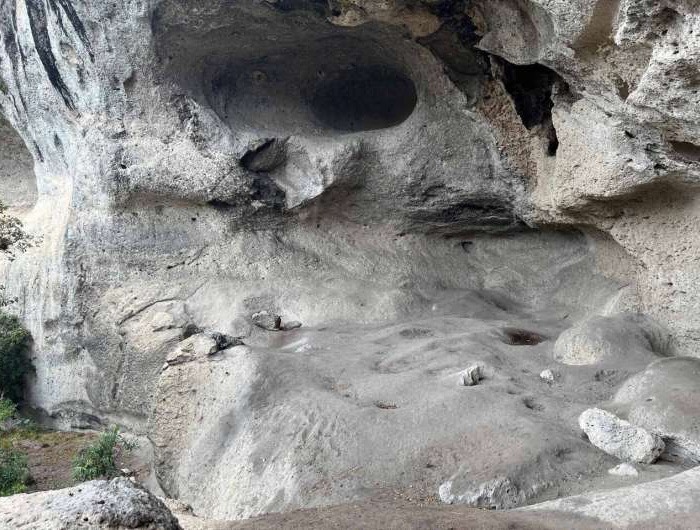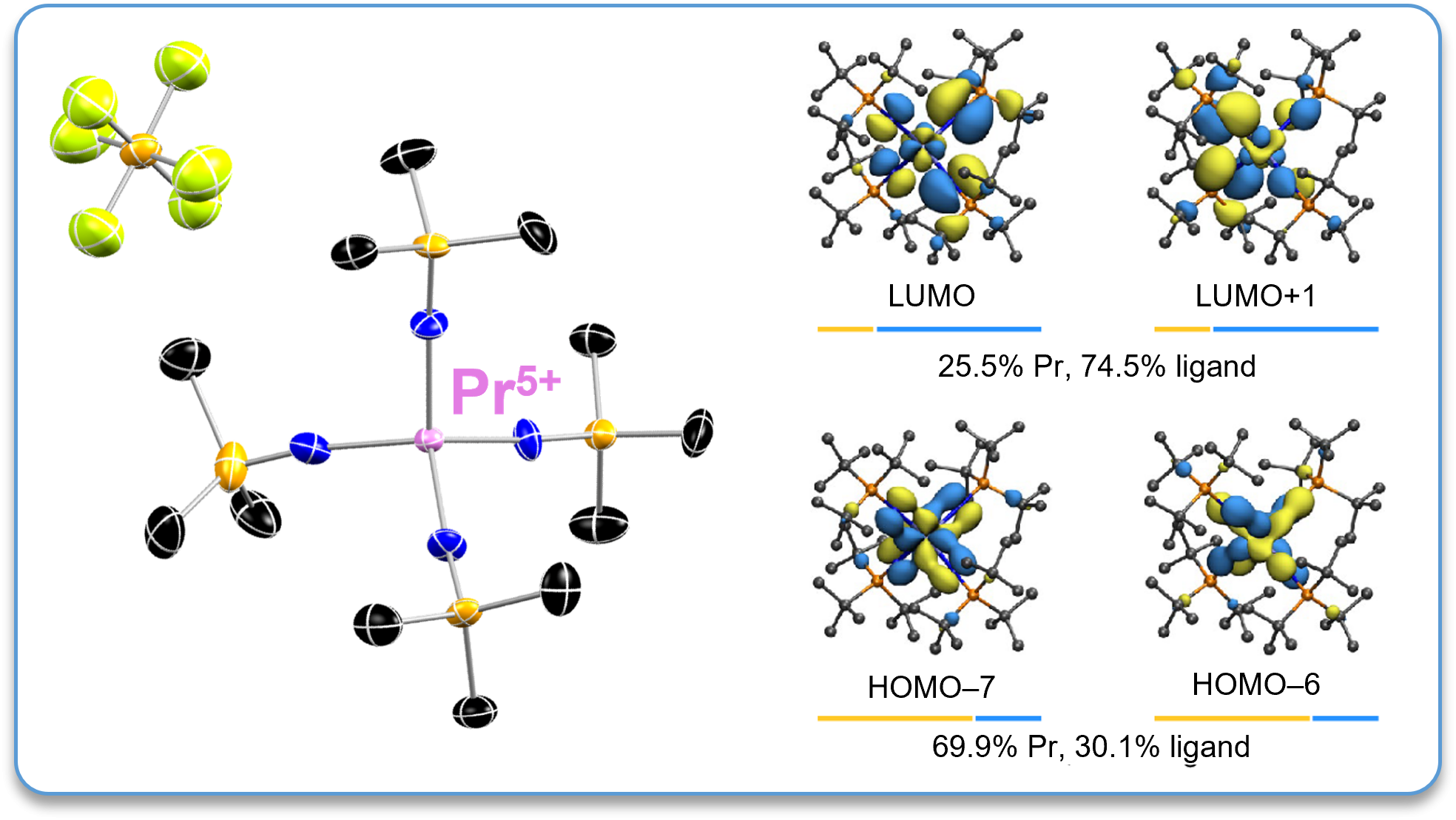2025-06-25 テキサスA&M大学

The El Gigante Rockshelter is among a handful of archaeological sites in the Americas that contain well-preserved botanical remains spanning the last 11,000 years. Credit: Shelly Leachman, UC Santa Barbara
<関連情報>
- https://stories.tamu.edu/news/2025/06/25/guac-is-extra-but-should-it-be-texas-am-anthropologist-shows-the-resilience-of-ancient-avocados/
- https://www.pnas.org/doi/10.1073/pnas.2417072122
ホンジュラスのエル・ヒガンテ・ロックシェルターで発見されたアボカド栽培の初期の証拠 Early evidence of avocado domestication from El Gigante Rockshelter, Honduras
Amber M. VanDerwarker, Heather B. Thakar, Kenneth Hirth, +10 , and Douglas J. Kennett
Proceedings of the National Academy of Sciences Published:March 3, 2025
DOI:https://doi.org/10.1073/pnas.2417072122
Significance
Avocado farming is a multibillion-dollar industry of global significance, but the avocado’s domestication history remains unclear. Wild avocados occur throughout the subtropics and neotropics from Mexico to South America and genetic studies suggest at least three independent episodes of domestication within this range. Well-dated archaeological avocado remains required to evaluate the complexities of the domestication process are scarce. Using an unparalleled sequence of radiocarbon-dated avocado remains we define a location of domestication in western Honduras, demonstrating a protracted process of arboriculture and selection for larger, more robust fruits during the last 11,000 y. An emphasis on arboriculture preceded heavy reliance upon staple grain cultivation, contrary to observations in Asia where tree domestication occurred well after annual crops were established.
Abstract
Molecular research suggests that avocados (Persea americana Mill.) were domesticated multiple times in the Americas. Seed exchange, hybridization, and cloning have played an essential role across their wild distribution from Mexico to South America to create the modern varieties of today. Archaeological sites with well-preserved and directly radiocarbon-dated botanical assemblages are rare, however, so we know very little about the complexities of the domestication process. Here, we define an early locus of avocado domestication using well-dated desiccated and carbonized avocado remains from El Gigante rockshelter in western Honduras spanning the last 11,000 y. Measurements of avocado seeds and rinds show evidence for long-term management resulting in selection for larger, more robust fruits through time that culminated by 2,250 to 2,080 calendar B.P. (cal. B.P.). However, human-directed selection for larger fruits with thicker rinds is evident as early as 7,565 to 7,265 cal. B.P. Seed morphology is similar to P. americana var. guatemalensis and is congruent with genetic data for the development of this variety in both the highlands of Guatemala and Honduras. Increases in seed size and rind thickness through time are consistent with genetic evidence for the enrichment of putative candidate genes for fruit development and ripening in this variety.



